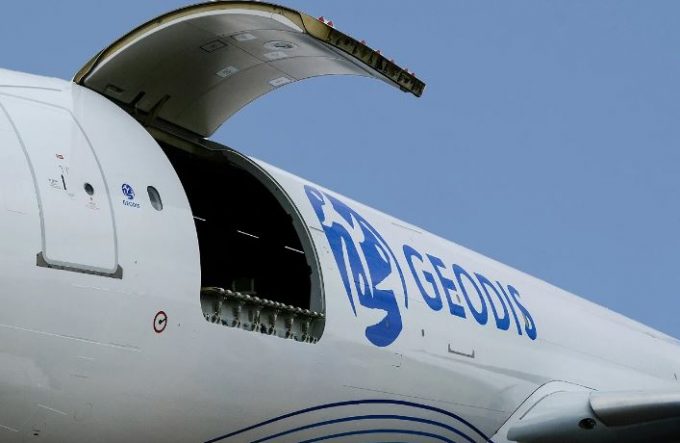News in Brief Podcast | Week 18 | Transpac chaos and Q1 earnings
In this episode of The Loadstar’s News in Brief Podcast, host and news reporter Charlotte Goldstone ...

A buoyant start to the year has created “a positive dynamic” in air cargo markets, according to a major forwarder – but the key question is, how long will it last?
“The air cargo market evolved in a surprisingly positive manner over Q1 24, with an overall growth in tonnage in excess of 10% compared with the same period last year, with growth on all main tradelanes,”Geodis EVP freight forwarding Eric Martin-Neuville told The Loadstar.
“The ecommerce boom and the impact of ...
Maersk u-turn as port congestion increases across Northern Europe
Apple logistics chief Gal Dayan quits to join forwarding group
Maersk Air Cargo sees volumes fall as it aims for 'margin in favour of revenue'
Airlines slash freighter capacity post-de minimis, but 'the worst is yet to come'
Houthis tell Trump they will end attacks on Red Sea shipping
Transpac rates hold firm as capacity is diverted to Asia-Europe lanes
MSC revamps east-west network as alliance strategies on blanking vary
India-Pakistan 'tit-for-tat' cargo ban sparks sudden supply chain shocks


Comment on this article